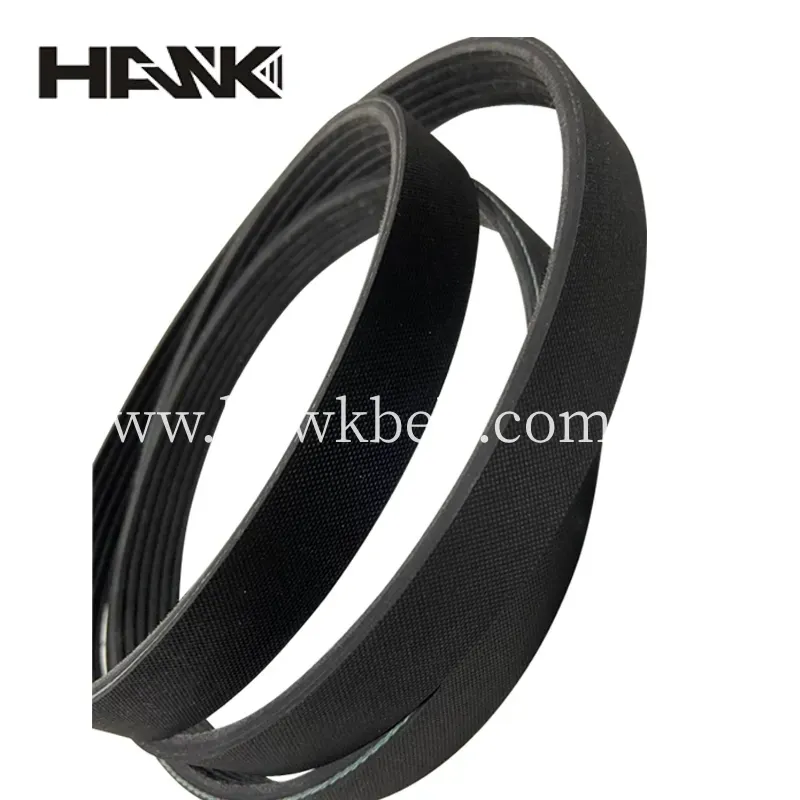- Arabic
- French
- Russian
- Spanish
- Portuguese
- Turkish
- Armenian
- English
- Albanian
- Amharic
- Azerbaijani
- Basque
- Belarusian
- Bengali
- Bosnian
- Bulgarian
- Catalan
- Cebuano
- Corsican
- Croatian
- Czech
- Danish
- Dutch
- Afrikaans
- Esperanto
- Estonian
- Finnish
- Frisian
- Galician
- Georgian
- German
- Greek
- Gujarati
- Haitian Creole
- hausa
- hawaiian
- Hebrew
- Hindi
- Miao
- Hungarian
- Icelandic
- igbo
- Indonesian
- irish
- Italian
- Japanese
- Javanese
- Kannada
- kazakh
- Khmer
- Rwandese
- Korean
- Kurdish
- Kyrgyz
- Lao
- Latin
- Latvian
- Lithuanian
- Luxembourgish
- Macedonian
- Malgashi
- Malay
- Malayalam
- Maltese
- Maori
- Marathi
- Mongolian
- Myanmar
- Nepali
- Norwegian
- Norwegian
- Occitan
- Pashto
- Persian
- Polish
- Punjabi
- Romanian
- Samoan
- Scottish Gaelic
- Serbian
- Sesotho
- Shona
- Sindhi
- Sinhala
- Slovak
- Slovenian
- Somali
- Sundanese
- Swahili
- Swedish
- Tagalog
- Tajik
- Tamil
- Tatar
- Telugu
- Thai
- Turkmen
- Ukrainian
- Urdu
- Uighur
- Uzbek
- Vietnamese
- Welsh
- Bantu
- Yiddish
- Yoruba
- Zulu
វិច្ឆិកា . 30, 2024 17:19 Back to list
Understanding Car V-Belts and Their Role in Vehicle Performance
Understanding Car V-Belts Importance, Function, and Maintenance
V-belts, often referred to as Vee belts, are crucial components in the machinery of modern automobiles. They play a significant role in transferring power from the engine to various peripheral devices such as the alternator, water pump, power steering pump, and air conditioning compressor. Understanding the function and maintenance of V-belts can enhance vehicle performance and prolong engine life.
What is a V-Belt?
The V-belt is named for its distinctive trapezoidal cross-section, resembling a “V.” This shape enables better traction against the pulleys, reducing slippage and allowing for efficient power transfer. V-belts are usually made from rubber or its composite materials, equipped with tensile reinforcement to withstand the stresses of operation. They come in various sizes and lengths to suit different engine configurations and requirements.
Function of V-Belts in Vehicles
The primary function of a V-belt is to transmit rotary motion and power. As the engine runs, it generates rotary motion, which is transferred to the crankshaft. The V-belt wraps around a series of pulleys connected to several auxiliary components. When the engine operates, the V-belt rotates with the pulleys, activating the alternator to generate electricity, circulating coolant via the water pump, and ensuring power steering and air conditioning systems function effectively.
Signs of Wear and Tear
Like all mechanical components, V-belts experience wear and tear over time. Common signs that a V-belt may need replacement include
1. Cracks or Fraying Inspect the belt for any visible cracks or frayed edges. These can indicate that the belt is reaching the end of its lifespan and may fail if not addressed promptly.
car v belt

2. Squeaking or Slipping Noises Unusual sounds emitted during engine operation, such as squeaking, could suggest that the V-belt is slipping against the pulleys, often due to wear or misalignment.
3. Loss of Power in Accessories If systems powered by the V-belt, such as the alternator or power steering, become less effective or fail to operate, it may point to a problem with the belt.
Importance of Regular Maintenance
Regular inspection and maintenance of V-belts are essential for the optimal operation of your vehicle. Mechanics recommend checking the condition of V-belts during routine maintenance or oil changes. A general guideline is to consider replacing the V-belt every 60,000 to 100,000 miles, although this can vary based on driving conditions and the vehicle model.
To maintain the integrity of V-belts, consider the following practices
- Visual Inspections Routinely check belts for signs of wear, misalignment, or damage. - Tension Checks Ensure the proper tension is maintained in the V-belt. A belt that is too loose may slip, while a belt that is too tight can cause undue stress and damage to the pulleys and components. - Replacing Worn-Out Belts When you notice signs of wear, promptly replace the V-belt to prevent a breakdown or further damage to the vehicle's systems.
Conclusion
In summary, V-belts are integral to the smooth operation of various car systems, playing a pivotal role in power transmission within vehicle engines. Understanding their function and recognizing the signs of wear can help vehicle owners maintain efficiency and prolong the life of their engines. By prioritizing regular inspections and maintenance of V-belts, drivers can ensure their vehicles operate reliably, avoiding unexpected breakdowns and costly repairs. Whether you are a seasoned mechanic or a car enthusiast, appreciating the importance of V-belts in your vehicle’s performance is essential for any car owner.
-
Korean Auto Parts Timing Belt 24312-37500 For Hyundai/Kia
NewsMar.07,2025
-
7PK2300 90916-T2024 RIBBED BELT POLY V BELT PK BELT
NewsMar.07,2025
-
Chinese Auto Belt Factory 310-2M-22 For BMW/Mercedes-Benz
NewsMar.07,2025
-
Chinese Auto Belt Factory 310-2M-22 For BMW/Mercedes-Benz
NewsMar.07,2025
-
90916-02660 PK Belt 6PK1680 For Toyota
NewsMar.07,2025
-
drive belt serpentine belt
NewsMar.07,2025

